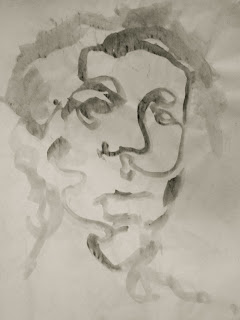
 The decaying property was purchased from the state of Rhode Island in 2005 by Carpionato Properties, a developer based in Cranston, with the promise of restoring the architectural integrity of the building and developing it for new public use. Despite their seemingly good intentions, Carpionato sat on this promise until 2008, when the security of the building had been breached and the structure had fallen into such great decay a Providence Building Official ordered Carpionato to acquire a demolition permit, citing the safety of the residents of 403 apartments across the street as a concern.
The decaying property was purchased from the state of Rhode Island in 2005 by Carpionato Properties, a developer based in Cranston, with the promise of restoring the architectural integrity of the building and developing it for new public use. Despite their seemingly good intentions, Carpionato sat on this promise until 2008, when the security of the building had been breached and the structure had fallen into such great decay a Providence Building Official ordered Carpionato to acquire a demolition permit, citing the safety of the residents of 403 apartments across the street as a concern.






 Gelatin silver prints, 2008
Gelatin silver prints, 2008For more information, visit Art in Ruins, a site dedicated to urban decay and renewal in Rhode Island, and The Providence Preservation Society.






















